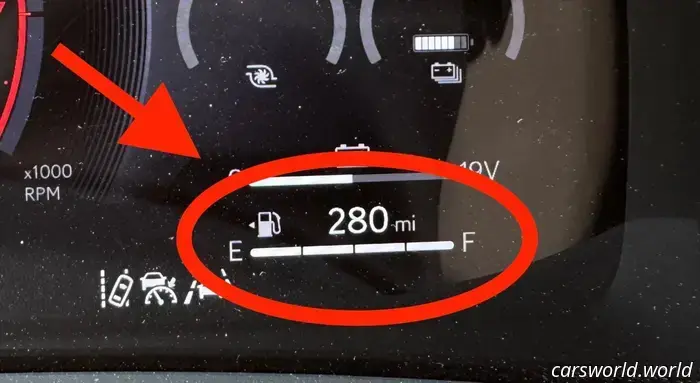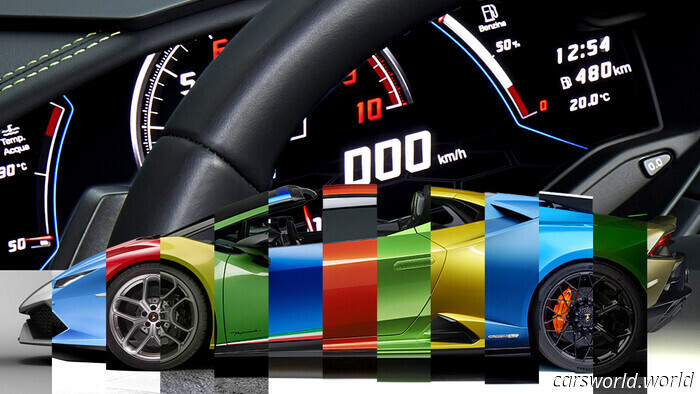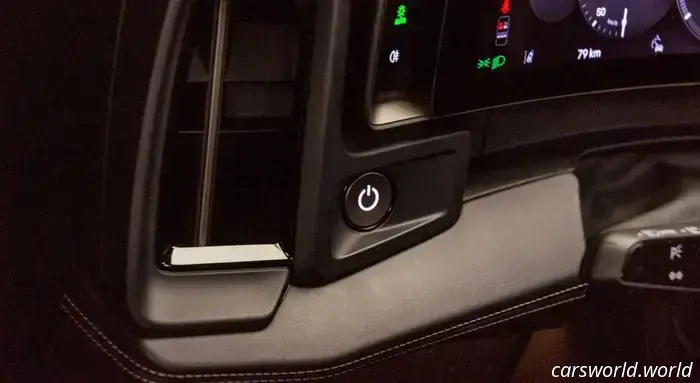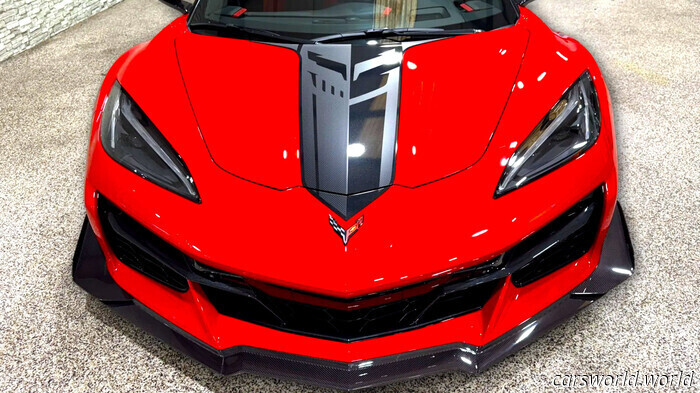
Unimpressive: The Lexus LX 700h with a full tank can't travel as far as the Rivian R1S when it's fully charged.
The latest car news and reviews, straight to the point
Our free daily newsletter delivers the essential stories to you every weekday.
The concerns surrounding range anxiety may be exaggerated and possibly misguided. I came to this realization ironically while driving a gasoline-powered Lexus.
During my week with the hybrid 2025 Lexus LX 700h, I took three road trips. On the first trip, I discovered that this hybrid off-road SUV has a maximum driving range of only 280 miles, though it could be more. I’ll clarify this, but I quickly noticed that, on paper, the Rivian R1S has a greater driving range than the hybrid Lexus LX before needing to refuel, and it may indeed perform that way in real-world conditions. It might at least match the Lexus.
The EPA fuel economy ratings for the 2025 Lexus LX 700h are 19 mpg city, 22 highway, and 20 combined. For those tracking at home, that’s only slightly better than the non-hybrid LX 600’s figures of 17/22/19.
2025 Lexus LX EPA fuel economy ratings
Worse yet, the hybrid’s battery pack takes up so much space that the engineers equipped the hybrid model with a smaller fuel tank than the gasoline-only LX. At 17.97 gallons, the LX hybrid's fuel tank holds 3.17 gallons less than the non-hybrid version. This results in the EPA rating the LX 700h with a driving range of 358 miles, while the non-hybrid LX 600 has a rating of 401 miles. These ranges are based on the city rating.
The highway fuel economy rating for the LX hybrid would suggest a maximum possible driving range of 395 miles. The dual-motor Rivian R1S with the Max Pack has an EPA-rated range of 410 miles.
These are theoretical figures, and before anyone raises an objection, there are several caveats to consider. Electric vehicles only have one EPA-rated range number, which essentially follows the gas-powered vehicle's combined rating formula. This implies that if we compare apples to apples, the LX hybrid’s combined rating would yield only 359 miles of range.
The Rivian R1S Dual-Motor Max Pack has a usable battery capacity of 140-kWh. This combined range rating would result in an average of 2.92 mi/kWh. While that might be achievable, I'm not entirely confident it would happen with me driving. If I managed a more realistic and likely conservative 2.0 mi/kWh, that would result in a real-world range of just 280 miles with the R1S. The reality tends to be somewhere in the middle, as evidenced by Edmunds’ range test that achieved 386 miles on a charge with a 2025 Rivian R1S Dual-Motor (Performance, which doesn’t affect efficiency) Max Pack.
2025 Lexus LX 700h fuel economy Joel Feder
My experience with the LX 700h took an unexpected turn. Over three road trips covering 876 miles, the LX’s onboard trip computer indicated that the twin-turbo V6 hybrid powertrain averaged 19.3 mpg. This would theoretically give the LX a driving range of 346 miles if I completely drained the tank.
However, the LX seemed to disagree. At one point, the system indicated that with a full tank, it only had a range of 264 miles. The onboard trip computer never displayed more than 280 miles of driving range after a fill-up.
Interestingly, both SUVs are designed, engineered, and fully capable of impressive off-road adventures that could take drivers far from urban areas.
Currently, the LX 700h is the closest representation of a Land Cruiser for the U.S. market. Land Cruisers have always had poor fuel economy, and honestly, the 700h doesn’t substantially improve in terms of efficiency compared to the non-hybrid variant.
A realization struck me while driving the Lexus LX 700h: electric vehicles no longer have a range issue. We’ve reached a stage where it’s more about how convenient or easy it is to recharge. The good news is that charging your EV has become somewhat less of a hassle in 2025.



Other articles
 100 Individuals Assault Police Vehicles as Street Takeover Escalates Uncontrollably | Carscoops
Police were overwhelmed when more than 100 individuals assaulted cruisers during a chaotic street takeover, resulting in one vehicle being set ablaze and leaving officers enraged.
100 Individuals Assault Police Vehicles as Street Takeover Escalates Uncontrollably | Carscoops
Police were overwhelmed when more than 100 individuals assaulted cruisers during a chaotic street takeover, resulting in one vehicle being set ablaze and leaving officers enraged.
 Dealer Files Lawsuit After New Owner Finds Lamborghini Had Tenfold Mileage | Carscoops
A dealer believed they had secured an ideal supercar trade until a scan uncovered ten times the mileage and a significant legal issue.
Dealer Files Lawsuit After New Owner Finds Lamborghini Had Tenfold Mileage | Carscoops
A dealer believed they had secured an ideal supercar trade until a scan uncovered ten times the mileage and a significant legal issue.
 Porsche Is Retaining Keys and Start Buttons While Other Electric Vehicles Are Not.
One aspect relates to the heritage of motorsports, while another pertains to the comfort of the customer.
Porsche Is Retaining Keys and Start Buttons While Other Electric Vehicles Are Not.
One aspect relates to the heritage of motorsports, while another pertains to the comfort of the customer.
 These AI Traffic Stop Videos Are Both Hilarious and Frightening | Carscoops
Sora 2, developed by the team behind ChatGPT, allows anyone to create remarkably realistic videos for social media, including impressive car clips.
These AI Traffic Stop Videos Are Both Hilarious and Frightening | Carscoops
Sora 2, developed by the team behind ChatGPT, allows anyone to create remarkably realistic videos for social media, including impressive car clips.
 Corvette Z06 Flippers Are Realizing the Difficulties That Arise When the Hype Diminishes | Carscoops
If you spent a premium on the high-performance variant of the Corvette C8, the latest sale could make you reconsider that choice.
Corvette Z06 Flippers Are Realizing the Difficulties That Arise When the Hype Diminishes | Carscoops
If you spent a premium on the high-performance variant of the Corvette C8, the latest sale could make you reconsider that choice.
Unimpressive: The Lexus LX 700h with a full tank can't travel as far as the Rivian R1S when it's fully charged.
The irony lies in the fact that although both SUVs are highly capable off-road, the electric version can travel greater distances without needing to refuel.
